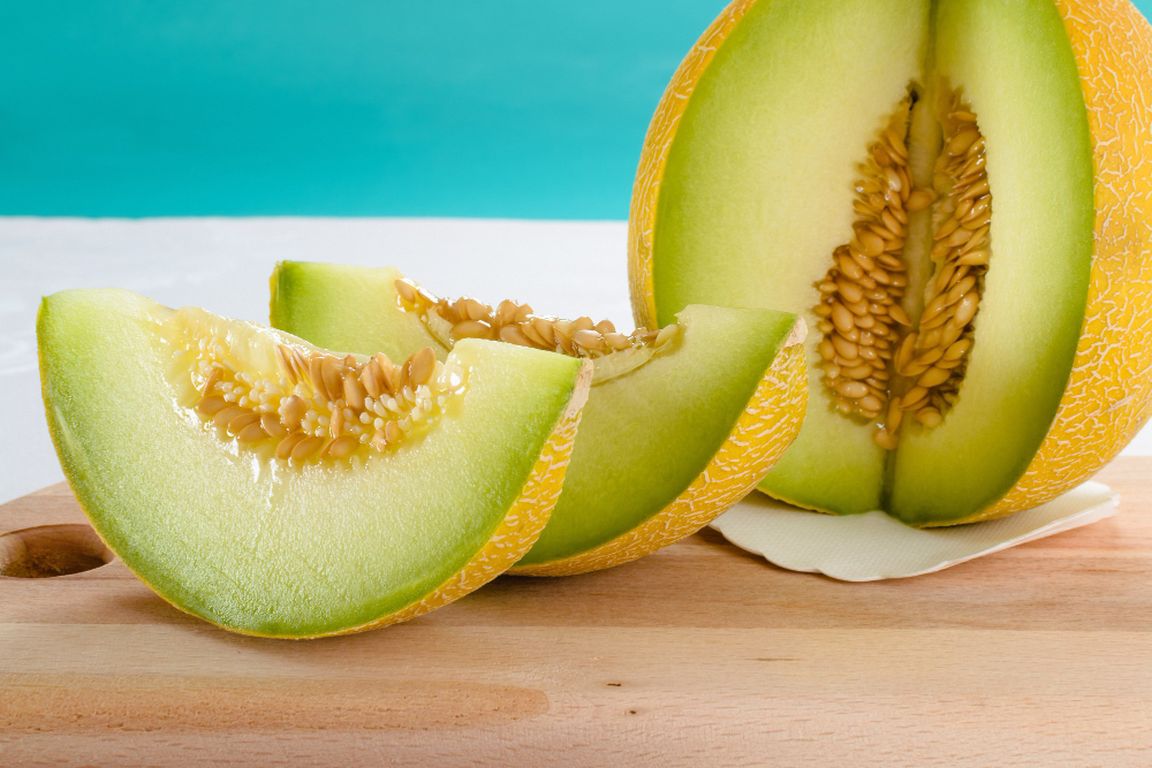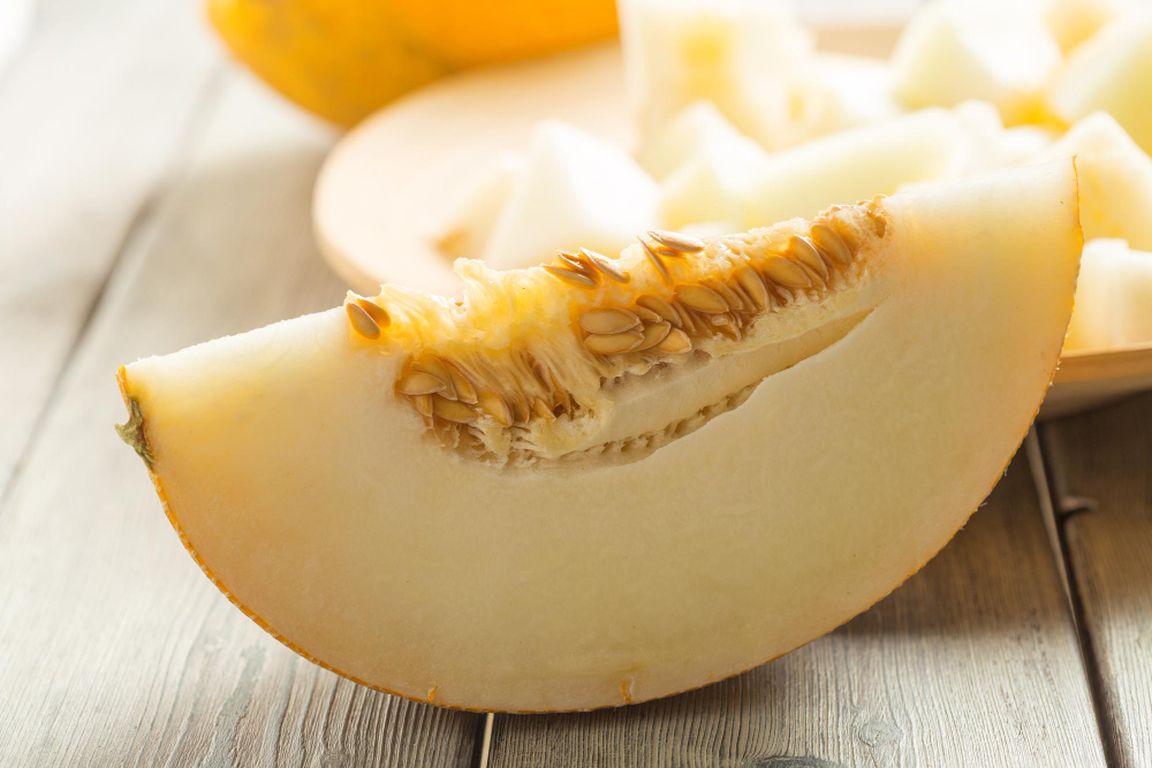The onset of summer in Turkmenistan marks the beginning of the melon season. Soon, golden “mountains” of oval and round, large and huge sweet and fragrant melons will grow in all markets of the country, without which it is impossible to imagine the Turkmen summer.
It will not be easy to find a person in Turkmenistan who does not like melons. Poems and songs are dedicated to it, it is depicted in paintings. Melon is consumed both as a main dish (usually with bread) and as a dessert.
Many people call melon a fruit for its sweet taste, less often a berry, like watermelon. In fact, melon is neither one nor the other. Its scientific name is pumpkin, as it is a relative of cucumber and pumpkin, and belongs to the class of vegetables.
The homeland of the melon is considered to be the regions of Asia Minor and Central Asia, India, and Africa. It is considered that the cultivation of melon began in India more than 5 thousand years ago. Melon came to Europe around the XII-XIII centuries, and to Russia a couple of centuries later. In tsarist Russia, they even attempted to grow melons in greenhouses, but then abandoned this idea (although nowadays melons are grown indoors in regions with a temperate and cold climate).
At present time, there are more than one and a half thousand varieties of melons in the world, both original and hybrids. Turkmenistan is the motherland to about 400 varieties.

Melon is not in vain considered a medical fruit – it contains vitamins A, C, E, PP, B, vitamins, folic acid, iodine, manganese, potassium, magnesium, iron and calcium. Melon contains a lot of fiber, so it is good as a mild laxative. At the same time, it has a low glycemic index (that is, it does not increase blood sugar levels very quickly), is not too high in calories, only 35 kcal per 100 grams of product, so melon is even included in short express diets (no longer than a week).
Potassium and magnesium contained in the melon normalize the heart, iron regulates the production of hemoglobin, calcium is good for bone tissue, and manganese helps to eliminate toxins from the body.
Melon is useful during pregnancy (due to the presence of folic acid), with urolithiasis, liver disease, high blood pressure, rheumatism, depression.
However, melon also has enough harmful properties. First of all, it should be used very carefully by patients with diabetes, especially type 2, because melon contains a large amount of simple sugars – glucose, fructose and sucrose.
Melon is poorly tolerated by those who have problems with the stomach and intestines, such as gastritis, gastric or duodenal ulcers, inflammatory diseases of the large intestine, and kidney failure.
Melon is a strong allergen, especially for those who are allergic to ragweed, as ragweed pollen contains a protein similar in composition to melon protein.
Nursing mothers should be careful with melon, and also not give it to children under three years old.
.jpg)
How not to eat melon. First of all, do not drink it with water, milk or sour-milk drinks – this causes severe intestinal upset. It is best not to eat melon on an empty stomach and not to drink at the same time as alcoholic beverages. If you are allergic to oranges or watermelons, you should also be careful with melons.
Melon is best consumed between main meals and not at night, as it has a strong diuretic property.
It is known that a ripe melon has a strong pleasant smell, has a dry thick tail and weighs more than it looks. Also, when patted, a ripe melon makes a dull sound, and an unripe one “rings” like a ball. Do not take melons with a damaged peel, because through cracks and “wounds” dangerous bacteria can penetrate inside and cause food poisoning. Before use, the melon must be washed-after all, it grows in contact with the soil, and in the markets it usually lies on the ground.
In addition to the well-known varieties in Turkmenistan “vaharman”, “gulyabi”, “garry gyz”, there are exotic varieties, whose homeland is distant countries. For instance, honored melon or kiwano - looks like a melon, but is covered with small growths resembling horns. The pulp of such a melon resembles jelly. Serpentine melon looks like long green cucumbers up to 50 cm long. Tiger melon, also known as Pomegranate, is a tiny melon up to 8 cm in diameter, has an orange skin with dark orange or brown bright stripes.

Sources: kp.ru; sunmint.ru; edaplus.info; foodandhealth.ru; nabahche.ru.
Also read:
